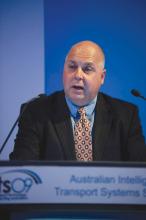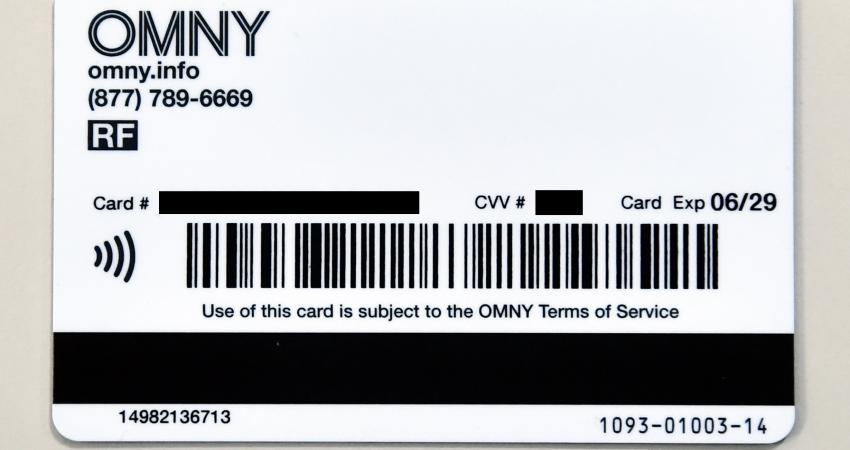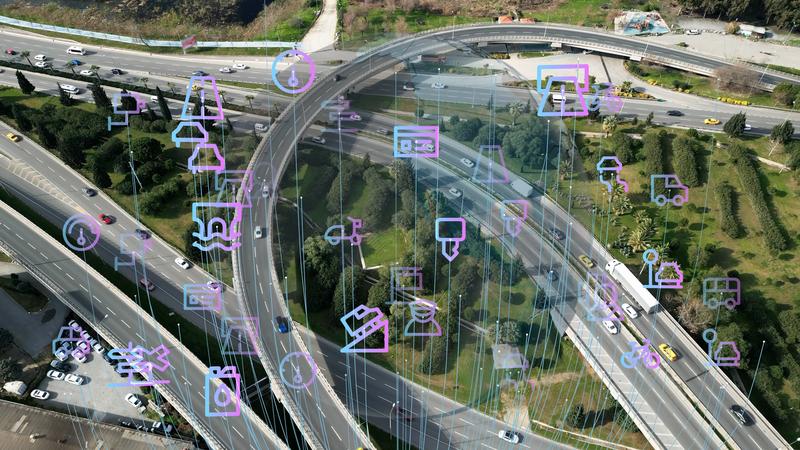Speaking at a major industry forum, Scott Charlton, CEO of Australian toll roads operator, Transurban, said that the country’s major cities risk a decline in liveability without major investment in transport systems and an overhaul of transport funding model. Charlton said that despite significant progress by state governments traditional funding systems were outdated, unsustainable and unfair, and cannot sustain the funding needed to address Australia’s transport infrastructure deficit.
Charlton said it
Speaking at a major industry forum, Scott Charlton, CEO of Australian toll roads operator, 600 Transurban, said that the country’s major cities risk a decline in liveability without major investment in transport systems and an overhaul of transport funding model. Charlton said that despite significant progress by state governments traditional funding systems were outdated, unsustainable and unfair, and cannot sustain the funding needed to address Australia’s transport infrastructure deficit.
Charlton said it was imperative that Australians understood the implications of continuing with the century-old funding model, based on fuel excise and fixed costs including licence and motor registration fees
Independent research, conducted by EY Sweeny and commissioned by Transurban, has found that most city motorists favoured a user-pays system rather than increased fees and higher petrol taxes to fund major road infrastructure – 60 per cent versus 15 per cent. Twice as many motorists said a user-pays system was fairer for all motorists than a flat-fee approach – 57 per cent versus 31 per cent.
“Without further significant investment in infrastructure everything we love about the liveability of our big cities is at risk unless we are willing to have a national conversation about how we plan for the future and our expected population growth,” Charlton said.
“Our congestion levels are heading to the levels of the world’s most gridlocked cities with drivers in Sydney and Melbourne sitting in traffic for more than 120 hours a year by 2050.”
Charlton said all levels of government recognised the need for major projects and upgrades to critical transport systems but these projects were about keeping pace and ensuring Australia did not fall further behind in addressing the needs of its growing population.
“We support the government initiatives in the provision of new transport infrastructure, particularly in NSW and Victoria, where they are recycling capital into new roads and rail infrastructure. But the states still remain constrained by a 100-year-old funding model,’’ Charlton said.
“Australia needs a funding model that is built on a principle of those who benefit, pay, while ensuring fairness across the community.
“This kind of system would give us a sustainable funding model to plan ahead for the next half century and encourage more efficient use of infrastructure while lessening the long-term investment burden.
Charlton said a number of user-pays systems were being trialled or in operation overseas and it was time Australia started to explore what model could work best here.
Over the next year, Transurban would be organising a study to test various road pricing models and provide tangible data that would help progress options for a sustainable funding model, he said.
The Road Network Pricing Study would be conducted in Melbourne across the whole road network, using volunteers from Transurban’s customer base.
The exercise would trial various user-pays models including a distance-based per-kilometre charge; annual fixed costs per kilometre based on expected usage; and price per trip or charge to access the road network. The exercise would also explore other models being employed throughout the world including time-of-day pricing on the network and a charge for entering the central business district.
Transurban will compare the impact of these models on existing funding sources of fuel excise and registration and gauge drivers’ preferences to the schemes.
Transurban is working with telecommunications company Singtel Optus; navigation, map and traffic service provider1692 TomTom and analytics software specialist QuantumIT will investigate new technologies in road network operations, network mapping and navigation and analytics.
“Technology has been one of the barriers to a wider user-pays system but we now have a host of new opportunities. We look forward to working with Government and our partners to look at how those opportunities have the potential to enhance the management of vehicle, roadside and customer systems,’’ Charlton said.
Charlton said it was imperative that Australians understood the implications of continuing with the century-old funding model, based on fuel excise and fixed costs including licence and motor registration fees
Independent research, conducted by EY Sweeny and commissioned by Transurban, has found that most city motorists favoured a user-pays system rather than increased fees and higher petrol taxes to fund major road infrastructure – 60 per cent versus 15 per cent. Twice as many motorists said a user-pays system was fairer for all motorists than a flat-fee approach – 57 per cent versus 31 per cent.
“Without further significant investment in infrastructure everything we love about the liveability of our big cities is at risk unless we are willing to have a national conversation about how we plan for the future and our expected population growth,” Charlton said.
“Our congestion levels are heading to the levels of the world’s most gridlocked cities with drivers in Sydney and Melbourne sitting in traffic for more than 120 hours a year by 2050.”
Charlton said all levels of government recognised the need for major projects and upgrades to critical transport systems but these projects were about keeping pace and ensuring Australia did not fall further behind in addressing the needs of its growing population.
“We support the government initiatives in the provision of new transport infrastructure, particularly in NSW and Victoria, where they are recycling capital into new roads and rail infrastructure. But the states still remain constrained by a 100-year-old funding model,’’ Charlton said.
“Australia needs a funding model that is built on a principle of those who benefit, pay, while ensuring fairness across the community.
“This kind of system would give us a sustainable funding model to plan ahead for the next half century and encourage more efficient use of infrastructure while lessening the long-term investment burden.
Charlton said a number of user-pays systems were being trialled or in operation overseas and it was time Australia started to explore what model could work best here.
Over the next year, Transurban would be organising a study to test various road pricing models and provide tangible data that would help progress options for a sustainable funding model, he said.
The Road Network Pricing Study would be conducted in Melbourne across the whole road network, using volunteers from Transurban’s customer base.
The exercise would trial various user-pays models including a distance-based per-kilometre charge; annual fixed costs per kilometre based on expected usage; and price per trip or charge to access the road network. The exercise would also explore other models being employed throughout the world including time-of-day pricing on the network and a charge for entering the central business district.
Transurban will compare the impact of these models on existing funding sources of fuel excise and registration and gauge drivers’ preferences to the schemes.
Transurban is working with telecommunications company Singtel Optus; navigation, map and traffic service provider
“Technology has been one of the barriers to a wider user-pays system but we now have a host of new opportunities. We look forward to working with Government and our partners to look at how those opportunities have the potential to enhance the management of vehicle, roadside and customer systems,’’ Charlton said.







